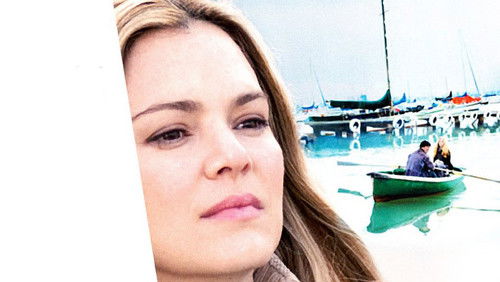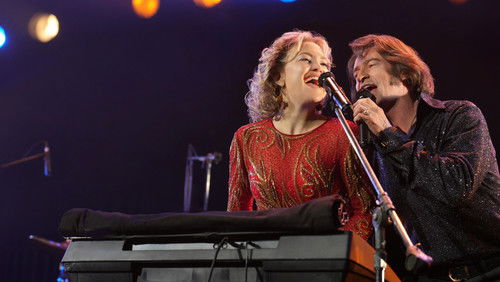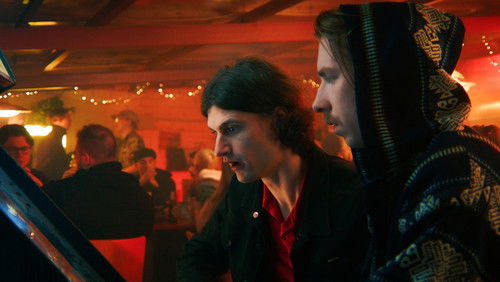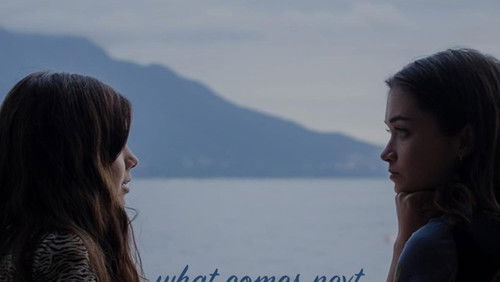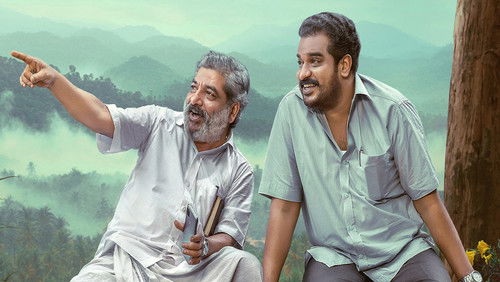Goto, l'île d'amour (1969)
44KGoto, l'île d'amour (1969). 1h 33m | Not Rated
“This was the debut feature from infant terrible producer Walerian Borowczyk who went on to make such films as u0026#39;Blancheu0026#39;, u0026#39;Immoral Talesu0026#39;,and u0026#39;Behind Convent Wallsu0026#39; u0026#39; and became known for his use of sexual scenes or art house porn, which does not appear very much in this film.u003cbr/u003eu003cbr/u003eSet on an archipelago that has suffered a major natural disaster we find a community stuck in the past. They are cut off from the outside world they have stubbornly maintained the status quo.u003cbr/u003eu003cbr/u003eTheir leader is Goto who has assumed Kingship by some constitutional necessity. He seems to look on his subjects as he does his pet Alsatian dogs and is married to the beautiful Glyssia played by Ligia Branice (u0026#39;Blancheu0026#39;). One of the forms of entertainment is the public fights, which take place on a ropey stage where talentless musicians torture home made instruments in a sort of u0026#39;end of pier showu0026#39; and display of awfulness. These fights are punishment for all crimes whether theft or murder and the loser is executed.u003cbr/u003eu003cbr/u003eGrozo survives one such encounter and is spared. His reward is to be the royal boot polisher – keeper of the royal dogs and maker of fly traps. He lusts after Glyssia like a sixteen year old and his first crush. She however, has fallen for a dashing officer – and keeper of the royal horse – and they have decided to escape. Grozo though could teach Machiavelli a thing or two and soon his plan to gain power, which will lead to requite his lust, is in full motion.u003cbr/u003eu003cbr/u003eThis is an Art-house film which is filmed in monochrome, but several parts are in Eastman colour for dramatic and stylistic effect, most of the camera angles are fixed – adding to the voyeuristic nature of the film. Walerian Borowczyk was developing his style here and he wonu0026#39;t be to everyoneu0026#39;s taste. Some could view this as self indulgent, cold and even dystopian and that is the whole point. The use of props, shots and scenarios are designed to craft a world that we are asked – not to accept – but to at least try to understand. It is that final part that makes him such an interesting director. This then is arty on purpose, quirky and far from run of the mill and for film historians is probably a must see.”
